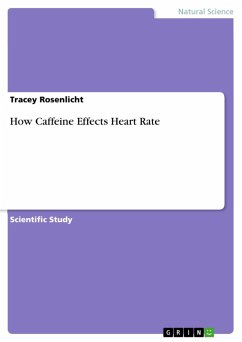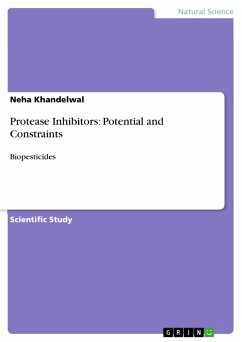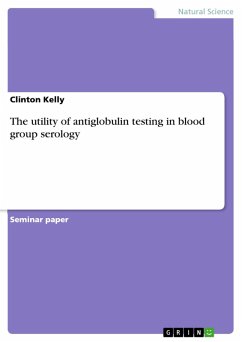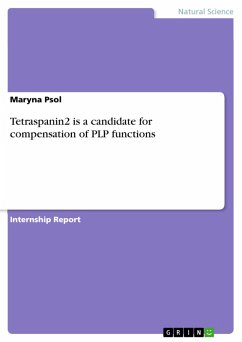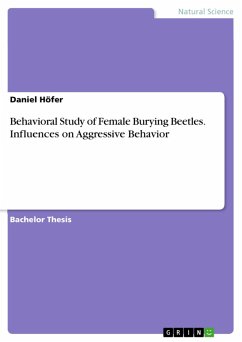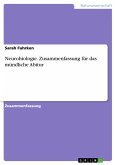Scientific Study from the year 2012 in the subject Biology - Human Biology, grade: 95, State University of New York at Stony Brook, course: Biology, language: English, abstract: The human heart is a major muscular organ located in the thoracic cavity between the lungs. Its major function is to pump blood throughout the body. A double-layered sac, Pericardium, which is the tough connective tissue protects and anchors the heart. There is fluid between the layer of the sac allow for lubrication of the heart's continual motions. The inner layer of the sac is the heart wall, which is mainly cardiac muscle. The human heart is made up of two chambers. The atriums receive blood from veins, and the ventricles pump blood into the arteries. For the blood to pass through the an atrium to a ventricle for example, the blood has to pass through a heart valve. Valves control the blood from moving backwards. The "lub-dub" sound made by a beating heart derives from the closing of the atrioventricular (AV) valves, then the concurrent closing of the aortic and pulmonary valves (Starr, 2007). The human heart is also myogenic meaning the heart is independent of an outside stimulus from the nervous system. The sinoatrial (SA) node, pace maker, is responsible for sending electrical impulses through the heart making it contract and pump blood. The human heart is very much affected by the consumption of caffeine. Caffeine can be found in certain coffees, teas, sodas, and chocolates. By consuming caffeine one's heart rate to dramatically increase and also cause abnormal heart rhythms (Medline Plus: Caffeine, 2012).
Dieser Download kann aus rechtlichen Gründen nur mit Rechnungsadresse in A, B, BG, CY, CZ, D, DK, EW, E, FIN, F, GR, HR, H, IRL, I, LT, L, LR, M, NL, PL, P, R, S, SLO, SK ausgeliefert werden.

